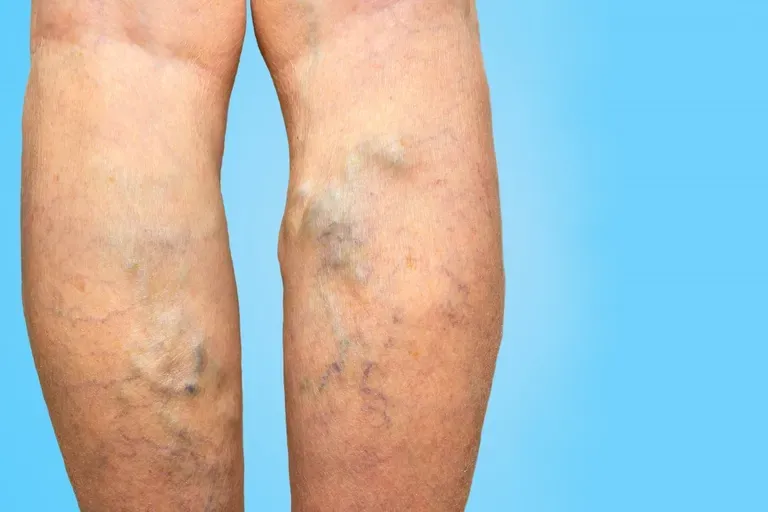
Chronic venous insufficiency slows blood flow and raises the pressure in your leg veins. This makes it vital to work closely with our venous specialists to best manage your condition. Doing so ensures that you keep your veins as healthy as possible.
Your veins work hard to return blood to your heart. Because your legs are below your heart, blood must travel against gravity upward through your leg veins. To prevent blood from flowing back downward, your legs have one-way valves that keep blood flowing toward your heart.
Venous insufficiency occurs when these valves don’t work as well as they should, allowing blood to pool in your lower legs. This causes symptoms like leg cramps, leg swelling, and varicose veins.
Our team at Carolina Heart & Leg Center provides a broad range of treatments for venous problems, such as varicose veins, spider veins, chronic venous insufficiency, deep vein thrombosis, venous ulcers, and more.
We have the expertise to treat even the most difficult vein disorders. With the right care plan, you can control your symptoms and minimize their impact on your quality of life. Keep reading to learn some steps you can start taking now to manage venous insufficiency.
Regular exercise
Getting regular physical activity and avoiding being sedentary plays a key role in preventing and managing venous insufficiency. When you don’t move around enough, your blood becomes stagnant, and circulation suffers.
Activities like walking, swimming, and cycling improve blood circulation in your legs and strengthen your vascular system. If you’re not used to regular exercise, start slowly, and listen to your body. Aim for at least 30 minutes of moderate exercise at least five days a week.
Healthy diet and weight management
Maintaining a healthy diet and a healthy weight is crucial. Excess weight puts additional pressure on your veins, which increases the risk of venous insufficiency and can worsen your symptoms.
Focus on a balanced diet rich in fiber, which can help prevent constipation that may contribute to venous insufficiency. Foods high in potassium, such as bananas and sweet potatoes, can also help reduce water retention.
Elevate legs and use compression stockings
Elevating your legs is a simple yet effective way to encourage blood flow back to your heart and reduce swelling. Elevate your legs above your heart for 15-30 minutes several times a day. Additionally, wear compression stockings to help manage your venous insufficiency. They apply gentle pressure to your legs, helping your veins and leg muscles move blood more efficiently.
Avoiding long periods of standing or sitting
Prolonged periods of sitting or standing can aggravate venous insufficiency. If your job requires you to be in one position for long periods, try to take short breaks every hour to move around. Simple leg exercises, even while seated, can also help. Flexing your ankles and performing calf raises can go a long way in keeping your blood circulating.
Attend regular checkups
Regular checkups are essential, especially if you have risk factors for venous insufficiency. Our team can offer personalized advice and treatment options to manage your symptoms. Don’t hesitate to seek our professional help if you notice symptoms like leg swelling, pain, or changes in skin color.
While living with venous insufficiency can be challenging, it doesn’t have to be. Take the first step toward healthier veins by contacting us at California Heart & Leg Center to schedule a visit with our team today.

